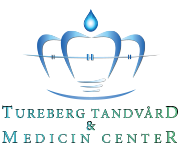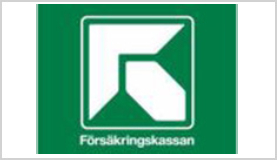Periodontal Treatments
Periodontal treatment methods depend upon the type and severity of the disease. Your clinician or dental hygienist will assess for periodontal disease and recommend the appropriate treatment.
Periodontal disease progresses as the sulcus (pocket or space) between the tooth and gums gets filled with bacteria, plaque, and tartar, causing irritation to the surrounding tissues; when these irritants remain in the pocket space, they can cause damage to the gums and eventually, the bone that supports the teeth.
What is Gum Disease?
Gum diseases are the response of the body to bacteria that builds up in the mouth in the form of dental plaque. Good oral hygiene and regular scaling and polishing at the clinician can help prevent them from appearing as well as limiting their damage if they occur.
There are different types of gum disease. Gingivitis involves inflamed gums, which look swollen, reddish, and bleed easily. If left untreated, gingivitis can develop into periodontitis, where the inflammation spreads below the gum line, along the roots of the teeth, resulting in bone loss. This leads to teeth becoming wobbly and eventually falling out.
Early diagnosis by the clinician as well as their prevention and correct management are essential.
If your gums are bleeding when you brush your teeth, they look reddish and swollen or have even become wobbly, consider arranging an appointment with us to rule out any form of gum disease.
What Happens During My Visit?
If the disease is caught in the early stages of gingivitis, and no damage has been done, one to two regular cleanings will be recommended. You will also be given instructions on improving your daily oral hygiene habits and having regular dental cleanings.
If the disease has advanced to more high stages, a special periodontal cleaning called scaling and root planning will be recommended. It is usually done one quadrant of the mouth at a time while the area is numbing. In this procedure, tartar, plaque, and toxins are removed from above and below the gum line (scaling) and rough spots on root surfaces are made smooth (planning). This procedure stimulates gum tissue to heal and pockets to shrink. Medications, special medicated mouth rinses, and cleaning techniques may be recommended to help control infection and healing.
However, if after scaling and root planing the pockets do not heal then periodontal surgery may be needed to reduce pocket depths, making teeth easier to clean.
Services We Offer
at Tureberg Tandvård & Medicin Center
Opening Hours
Monday 09.00 – 18.00
Tuesday 09.00 – 18.00
Wednesday 09.00 – 18.00
Thursday 09.00 – 18.00
Friday 09.00 – 18.00
Saturday 09.00 – 18.00
Evening & weekend appointments available by prior arrangements only
Tureberg Tandvård & Medicin Center
Dental & Aesthetic Medical Centre
Anhaltsvägen 23,
191 40 Sollentuna
T: 070 939 7441
T: 087544248












































